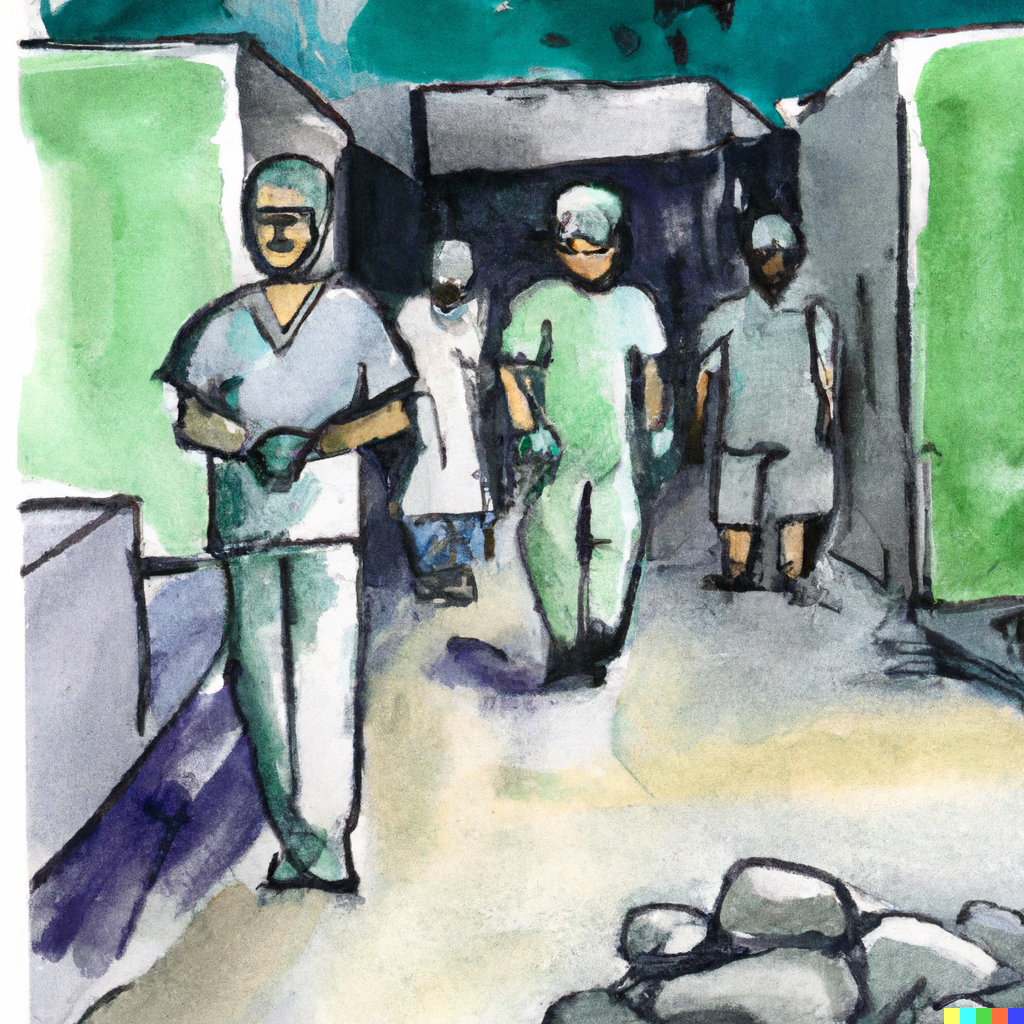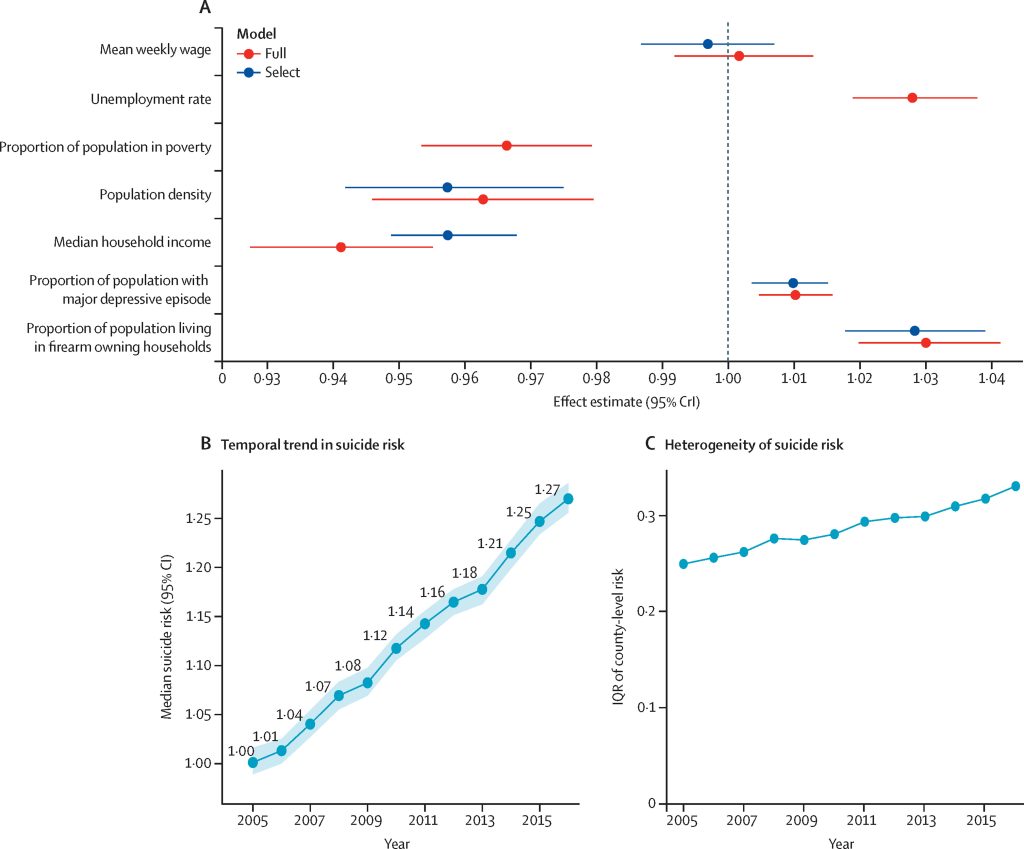
Improving Suicide Risk Predictions with Social Environmental Data
In the quest to understand and prevent suicide, researchers are constantly searching for patterns and predictors. Traditionally, clinical characteristics have been the primary focus. A groundbreaking study published in The Lancet Public Health suggests that looking beyond the clinic and into the broader social environment can significantly improve the accuracy of suicide risk predictions.
The Research and Its Novel Approach
The study addressed an overarching question: Can we better predict suicide risk by accounting for aspects of the social environment? The answer, as it turns out, is a resounding yes.
Researchers analyzed data across various geographies and populations, discovering that spatial, temporal, and social environmental factors are pivotal in suicide risk predictions. In layman’s terms, where and when an individual lives, combined with the societal factors they are exposed to, can deeply impact their risk of suicide.
Key Takeaways
- Social Environmental Factors Matter: Beyond personal clinical characteristics, factors such as social cohesion, access to health care, unemployment rates, prescription rates for specific medications, and housing conditions play a significant role in predicting suicide risk.
- Spotting the Hotspots: The research emphasized the value of county-specific estimates. These can pinpoint areas urgently needing preventive resources or areas where current interventions are working effectively.
- The Paradox of Poverty: In a surprising twist, the study found that poverty, often considered a risk factor, had a protective effect on suicide risk at a certain scale. However, this complex relationship requires further exploration and understanding.
- The Real-time Data Challenge: The models used in the study provided annual suicide risk predictions. However, with access to real-time data, predictions could be made on a monthly or even weekly basis, enhancing their utility.
- Potential New Data Sources: The researchers highlighted various potential data sources that could offer real-time insights into suicide risk, such as the national suicide prevention hotline (9-8-8) and the National Emergency Medical Services Information System. Social media, search engine queries, and forum access logs can provide valuable indicators of suicidal tendencies.

(A) This section shows how certain factors might increase or decrease suicide risk. The “95% CrIs” is a confidence range, telling us how certain the researchers are about their findings.
(B) Here’s a national “report card” on suicide risk. The shaded area represents how sure the researchers are about the national trend.
(C) This part compares risk across counties. If the range (IQR) grows over time, the difference between high and low-risk counties is increasing.
This figure paints a picture of suicide risk based on different factors, the national trend, and differences among counties.
Implications for Public Health
Understanding suicide risk is paramount for public health, especially given the alarming decline in life expectancy in the USA due to suicide and unintentional drug overdoses. This study underscores the need for comprehensive data surveillance and advanced models to guide timely interventions.
By incorporating a broader spectrum of data and focusing on social and environmental factors, policymakers and health officials can design more targeted and effective prevention strategies. The challenge now lies in accessing timely and granular data, supporting ongoing research, and ensuring the infrastructure is in place to make the most of these insights.
By casting a wider net and considering the bigger societal picture, we can enhance our understanding of suicide risks and, hopefully, make strides in preventing this tragic loss of life.



